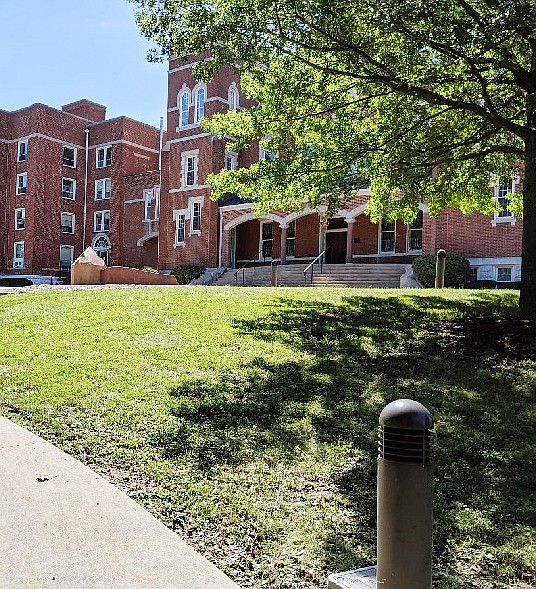Many of the students served by Callaway County schools dream of going to college.
According to a Thursday webinar from the Missouri Department of Higher Education and Workforce Development, rural students often face challenges in accessing higher education.
"In our state, like many states, college admissions is focused primarily on urban and suburban students and rural students historically have been left out," speaker Matt Newlin, of the College Advising Corps, said.
Local school districts have achieved success in this area, even though rural students are underrepresented on college campuses.
According to data from the Missouri Department of Secondary and Elementary Education's annual performance report, from 2017-19, 100 percent of South Callaway R-2 graduates attended post-secondary education, joined the military or were employed six months after graduation.
North Callaway R-1 and New Bloomfield R-2 have also risen above the state average.
In New Bloomfield, the three-year average in 2019 was 93.5 percent, while North Callaway saw 92.3 percent.
In Fulton Public Schools, post-secondary placement was lower, with the three-year average coming out at 84.5 percent.
The figures available from DESE online don't specify how many graduates pursued education versus employment.
But, according to a guidance counselor report presented to the New Bloomfield Board of Education in 2019, during a 180-day follow-up, out of 42 students, 19 were attending post-secondary education. According to a November report on 2020 graduates, 30 out of 55 had made it to either a two- or four-year school.
Similarly, back in June, South Callaway High School principal Heather Helsel told the Fulton Sun 68 percent of the 56 South Callaway 2020 graduates planned on pursuing post-secondary education.
Only 23.1 percent of Callewegians older than 25 have a bachelor's degree or higher, according to U.S. Census Quickfacts. According to the U.S. Bureau of Labor Statistics, earnings increase and the unemployment rate decreases with higher education attainment.
In addition to the efforts of local schools to support academic achievement, offer workforce development options and promote post-secondary opportunities, representatives in higher education are thinking about ways to engage rural students.
The MDHEWD webinar included dozens in Missouri higher education and focused on the challenges rural students face and the ways universities can support rural students.
Newlin shared data that showed the gap between non-rural and rural college attainment has increased in recent years.
'This is why it's so critical right now that we're having this conversation, that we're identifying the needs of students, that we're recruiting them, we're retaining them and helping them be successful is because it is an equity issue for the entire country," Newlin said.
Rural families might have less familiarity with higher education.
This is especially true in other rural areas of Missouri that are more remote and further from post-secondary schools. In Callaway County, William Woods University and Westminster College have campuses, and surrounding counties house the University of Missouri, State Technical College of Missouri and Lincoln University.
Limited internet connection in rural areas can also make it difficult for rural students to research schools or pursue online education.
"We saw countless stories in the spring of students sitting outside McDonald's to get reliable internet - thinking about that and what that means for the student's experience while they're in college," Newlin said.
Newlin encouraged attendees to consider ways of helping prospective and admitted students from rural areas overcome these challenges.
"When we think about college enrollment, we often forget the middle parts of the state, especially in states like Missouri that are predominantly rural," Newlin said.

